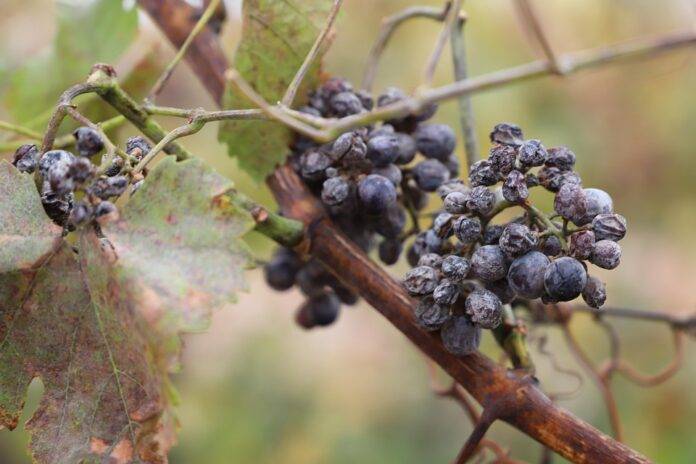Introduction
Ice wine is a luxurious and sought-after dessert wine that is produced in a unique way that sets it apart from other types of wines. One of the key differences between ice wine and cryo extracted wines is the method of freezing. In this report, we will explore how natural freezing separates ice wine from cryo extracted wines, examining the process, industry insights, and financial implications.
The Process of Making Ice Wine
What is Ice Wine?
Ice wine, also known as Eiswein in German, is a type of dessert wine that is made from grapes that have been naturally frozen on the vine. This freezing process concentrates the sugars in the grapes, resulting in a sweet and flavorful wine.
Natural Freezing Process
The key to making ice wine is allowing the grapes to freeze naturally on the vine. This typically occurs in regions with cold climates, such as Canada and Germany, where temperatures drop below freezing in the winter months. When the grapes freeze, the water inside them solidifies, leaving behind concentrated sugars and flavors.
Harvesting and Pressing
Once the grapes have frozen solid, they are harvested by hand to ensure that only the best quality grapes are used. The frozen grapes are then pressed while still frozen, which separates the concentrated juice from the ice crystals. The juice is then fermented into wine, resulting in a sweet and complex flavor profile.
Cryo Extracted Wines
What are Cryo Extracted Wines?
Cryo extracted wines are a type of wine that is made by artificially freezing grapes in a process known as cryoextraction. This method is often used to mimic the flavors of ice wine without the need for natural freezing.
Cryoextraction Process
In cryoextraction, grapes are harvested and then frozen using mechanical freezers or liquid nitrogen. The grapes are then pressed while still frozen, similar to the process used in making ice wine. The resulting juice is then fermented into wine, creating a product that is similar in flavor to ice wine but lacks the unique characteristics that come from natural freezing.
Industry Insights
Market Demand
Ice wine is a niche product that is highly sought after by wine enthusiasts around the world. Its limited production and unique flavor profile make it a popular choice for special occasions and gifts. Cryo extracted wines, on the other hand, are more widely available and are often used as a more affordable alternative to ice wine.
Financial Implications
The production of ice wine is a costly and labor-intensive process due to the reliance on natural freezing and hand harvesting. This results in higher production costs and limited quantities, leading to higher prices for consumers. Cryo extracted wines, on the other hand, can be produced more efficiently and in larger volumes, making them more affordable for the average consumer.
Conclusion
In conclusion, the process of natural freezing is what truly separates ice wine from cryo extracted wines. While both types of wine may have similar flavors, the unique characteristics that come from allowing grapes to freeze naturally on the vine cannot be replicated through artificial means. Ice wine remains a luxury product with a high price tag, while cryo extracted wines offer a more accessible option for those looking to experience the flavors of ice wine without breaking the bank.




